Our top 10 highlights
The Middle East conjures images of orange-hued deserts lit by a hazy sunrise and ancient cities stowing long-lost treasures; that’s exactly what it delivers. If you’re into history, then the Middle East will feel a lot like Aladdin’s cave, no other region in the world has as much to offer when it comes to archaeological discoveries, historical gems and religious locales. With so many to choose from, we’ve shortlisted our top 10 highlights to get you excited to explore this sensational region.
1. Petra, Jordan
Long hidden among the wind-hewn cliffs and gorges of the desert, Petra is one of the world’s most treasured UNESCO World Heritage sites. A wealthy Nabataean city in the 3rd century CE, it was lost to the world for 500 years, and those years of abandonment have lent it the air of mystery that makes it so alluring. Tucked away in a sandstone escarpment, the facades of this great ancient city still bear the echoes of their once ornate carvings and seeing it lit by candlelight as you explore by night is unforgettable.
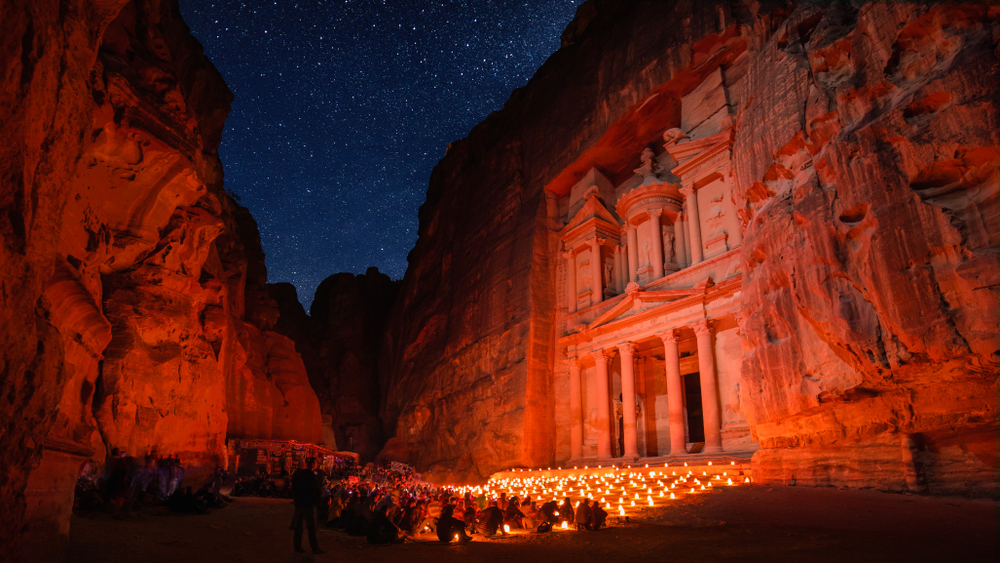
2. Karnak Temple, Egypt
Constructed over 2,000 years and built to mark the birthplace of Amun-Ra, the greatest of all Egyptian gods, Karnak Temple is the second-largest ancient religious site in the world after Cambodia’s Angkor complex. The complex was expanded by each ruling Pharoah aiming to outdo the last. Here, you can see centuries of evolving architectural styles – it is often referred to as ‘the great historical document in stone’. What was once a place of pilgrimage, exploring this monumental temple certainly makes you feel like you are in the presence of gods, and no more so than the Great Hypostyle Hall with its 134 richly decorated, towering columns.
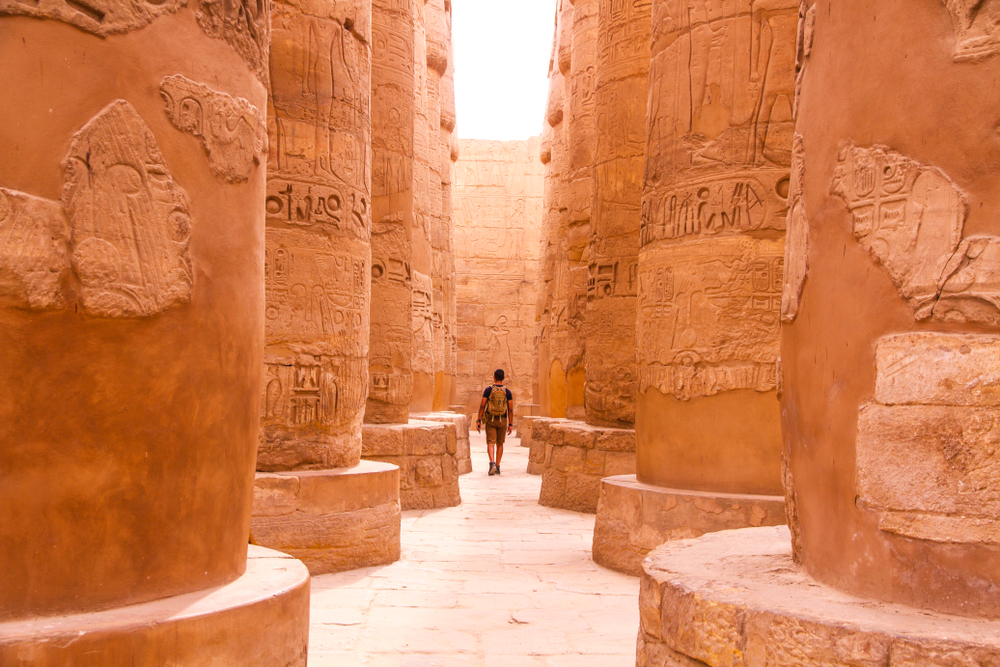
3. Holy City of Medina, Saudi Arabia
Medina, also known as Al-Madina Al-Munawara, holds a unique and revered place in the Islamic world as the second-holiest city after Mecca. Nestled in the western part of Saudi Arabia, Medina is a city of profound spiritual significance, as it is the final resting place of the Prophet Muhammad. The city’s name, which means ‘the radiant city,’ reflects the tranquillity and serenity that pervade its atmosphere. Pilgrims from around the globe visit Medina to perform religious rituals and connect with the rich history of Islam.
Previously off-limits to non-Muslims, the heart of the city has now been opened up to all visitors, with the exclusion of the mosques themselves.
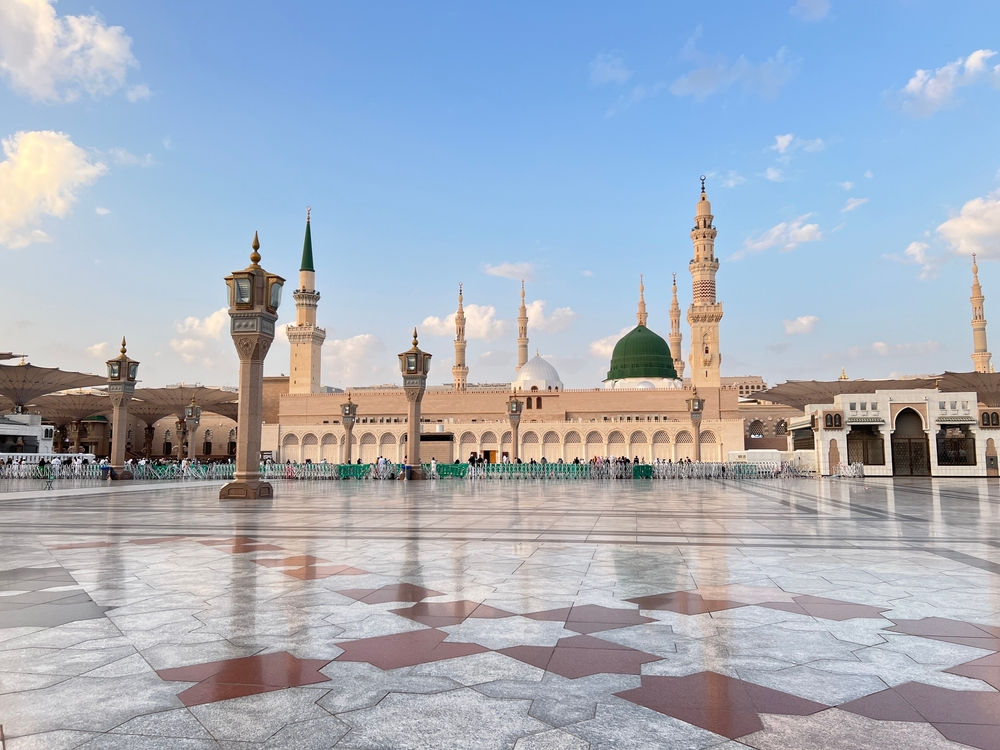
4. Wadi Rum, Jordan
Around 80% of Jordan is desert, and Wadi Rum offers a particularly picturesque and accessible section to explore. Also known as the ‘Valley of the Moon’, the region has hosted humanity from the very beginning – there is ancient rock art and graffiti to discover among the geological formations – and is still home to nomadic Bedouins today. The plentiful siqs, arches and towering dunes change moods throughout the day, so it’s good to spend enough time here to see them shift through hues of reds and purples; a luxury desert camp is the best way, and an overnight stay means you will also get to revel in some stargazing.
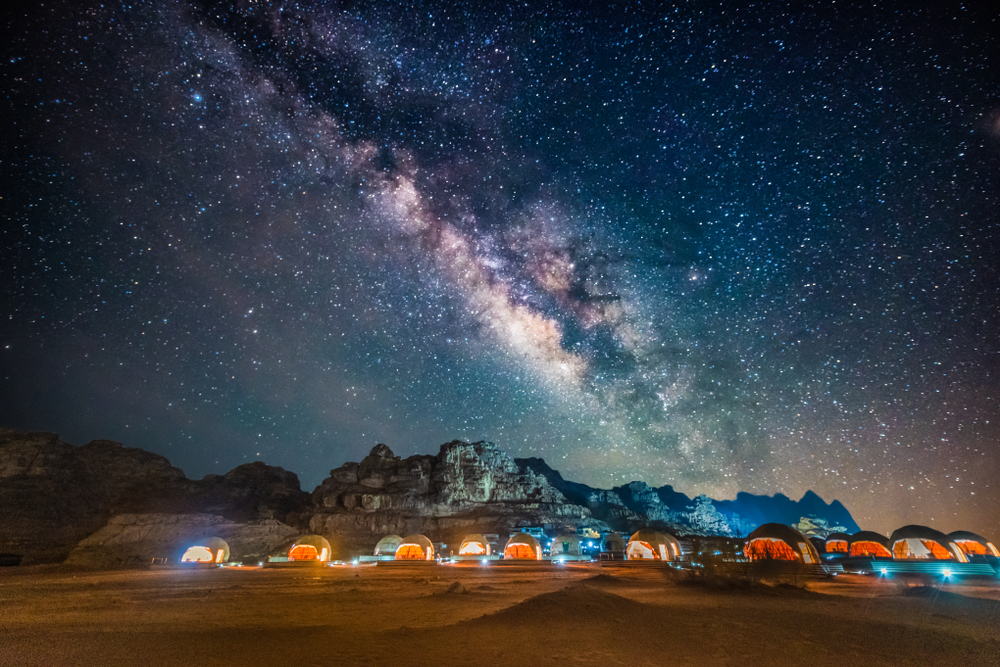
5. Abu Simbel, Egypt
Nestled deep in southern Egypt in the Nubian Valley sits the historic site of Abu Simbel, which consists of two magnificent temples built by Rameses II – one for his favourite wife, Nefertari, and one for himself. Both temples are guarded by imposing statues of the king and queen, with the seated colossi of Rameses reaching over 20 metres high. Although the temples were deconstructed and rebuilt in a new location in the 1960s to salvage them from rising waters caused by the Aswan Dam, their setting overlooking the expanse of Lake Nasser couldn’t be more perfect.
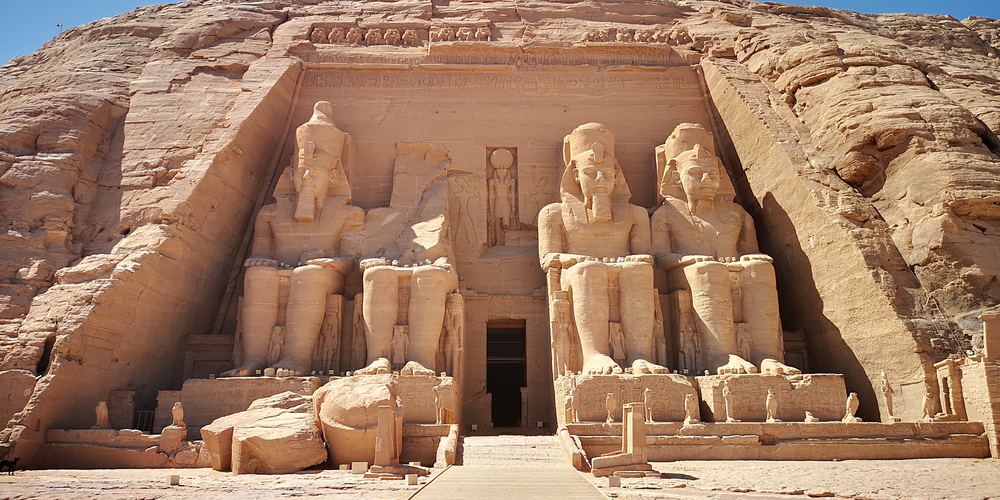
6. Valley of the Kings, Egypt
One of the world’s most famous archaeological sites, this ancient burial ground contains 63 tombs built for the New Kingdom pharaohs who reigned between 1550-1069 BC. Chosen in an attempt to conceal the deceased and their riches from looters, this unassuming valley hides a vast network of tunnels and chambers below ground, each decorated with exquisite carvings and paintings of the kings and queens on their journey to the afterlife. The most famous of the tombs is that of King Tutankhamun, and you’ll get to venture inside and see the mummy of the Boy King himself on our Egypt tours.
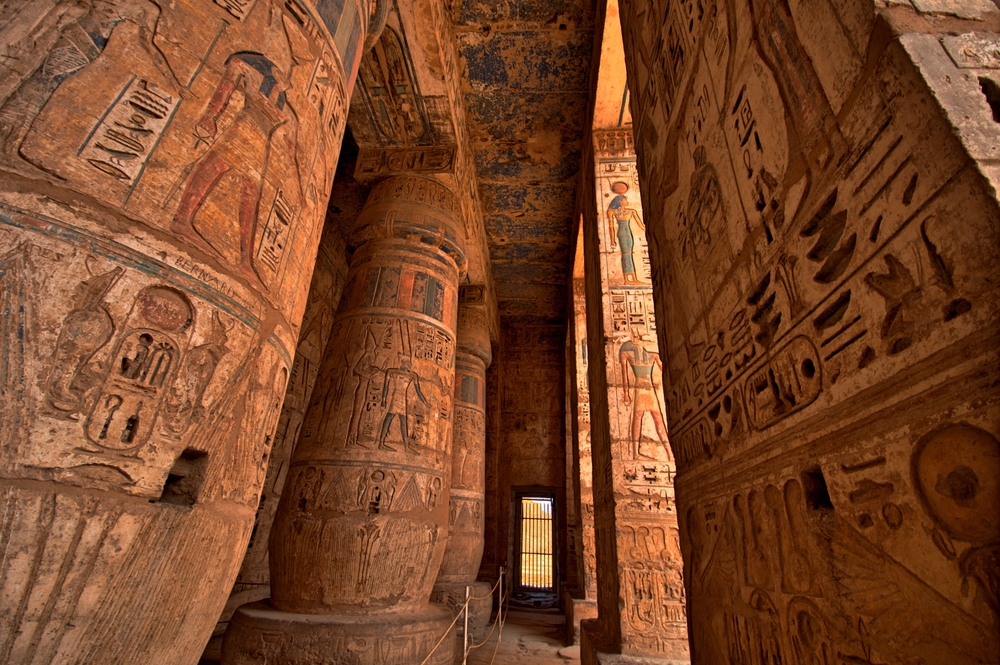
7. The Dead Sea, Jordan
A spa destination for millennia, the Dead Sea (which is actually a lake) has long been famous for the therapeutic properties of its water. Nestled in the Great Rift Valley, it is fed by the River Jordan, whose waters then evaporate at a rate of millions of litres per day, leaving behind concentrated levels of salt and minerals. Wallowing in its waters and slathering yourself in its rich mud will exfoliate and heal and, apparently, leave you restored and beautified. Whether that’s true or not, floating in the super saline water is extremely relaxing.
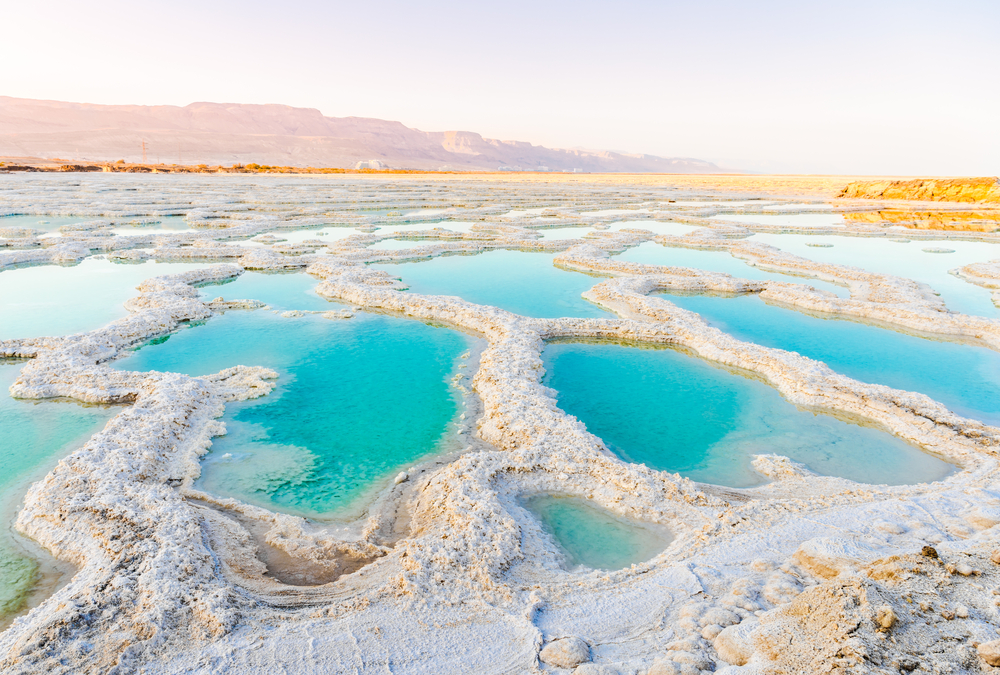
8. Sakkara, Egypt
Just one hour outside Cairo lies the ancient necropolis of Sakkara, known for its painted catacombs and home to the famous Step Pyramid of Djoser – Egypt’s first-ever pyramid. Constructed in the 27th century BC for Pharaoh Djoser, you can venture inside to view the wonderful carvings on the alabaster stone walls and peer deep into the 90-foot shaft leading to Djoser’s burial chamber below. In fact, the entire site is a treasure trove of archaeological wonders; even the complex’s outer walls (which look surprisingly modern) are over 4,500 years old, and you’ll find thousands of coin-like fossils scattered all over the grounds.
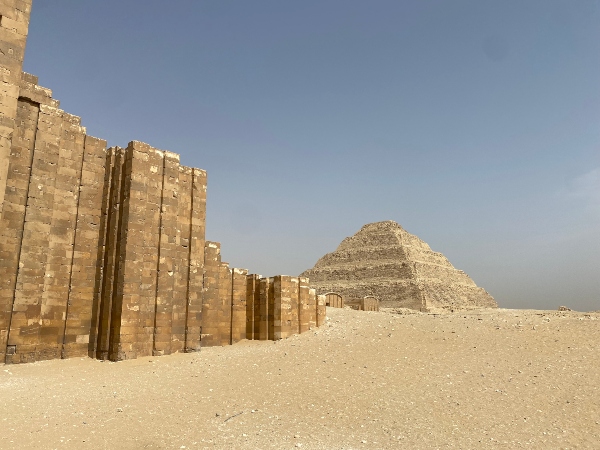
9. Hegra, Saudi Arabia
Hegra, also known as Al-Hijr or Madain Saleh, is an extraordinary archaeological site located in the northwestern part of Saudi Arabia. Recognized as a UNESCO World Heritage Site, Hegra stands as the first site in the Kingdom to be designated as such due to its remarkable Nabataean architecture and historical significance. The ancient city, carved into rose-red sandstone mountains, served as a crucial stopping point along the incense trade route and thrived during the same period as Petra in Jordan. Hegra’s well-preserved tombs, temples, and inscriptions offer a glimpse into the Nabataean civilization’s unique blend of Arabian and Hellenistic influences.
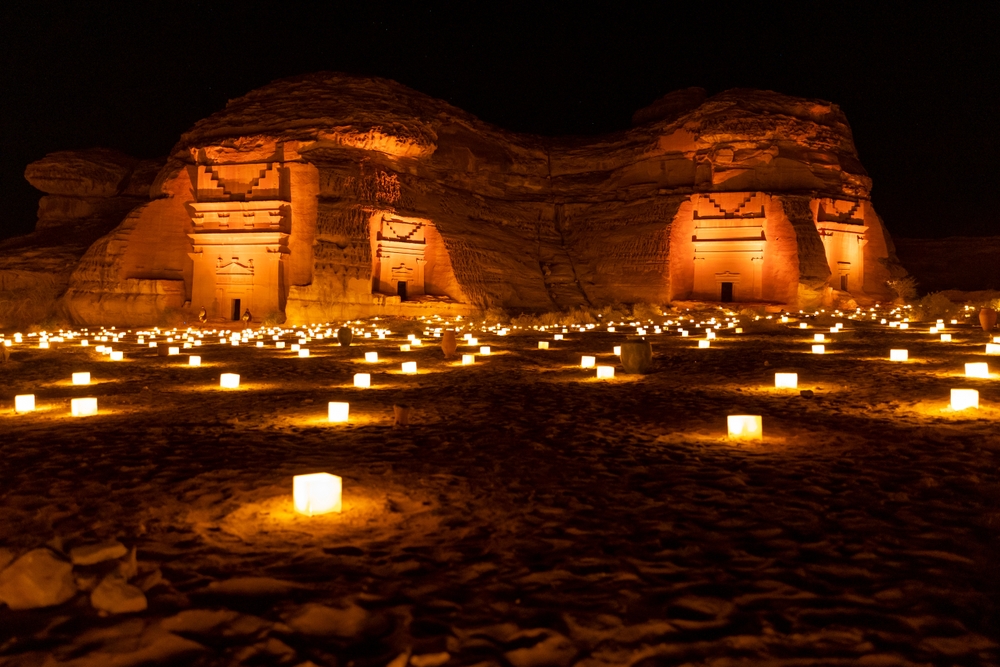
10. Jerash, Jordan
Jerash was a Roman city and another of Jordan’s jewels to be lost to the sands of time – quite literally in this case, as the ruins were hidden for centuries by the shifting dunes of the desert. Here, you can walk in the footsteps of Hadrian and Trajan, wandering the colonnaded avenues of what is considered perhaps the best-preserved Roman city in the Middle East. Explore the enormous Forum and Hippodrome, which still hosts chariot races, and admire ceremonial gates, temples, elaborate mosaics and carvings.
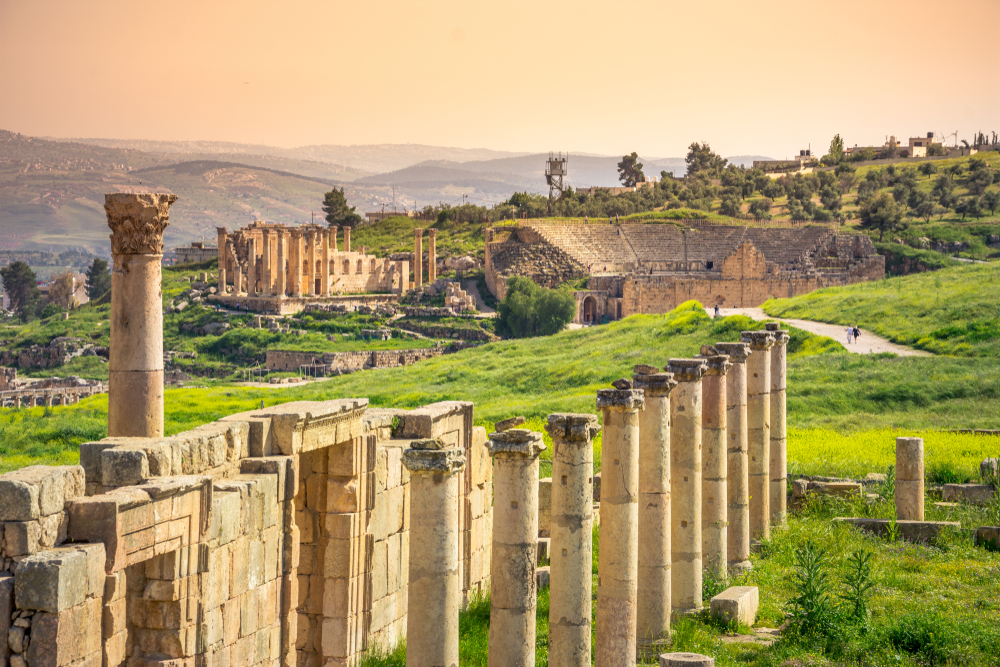
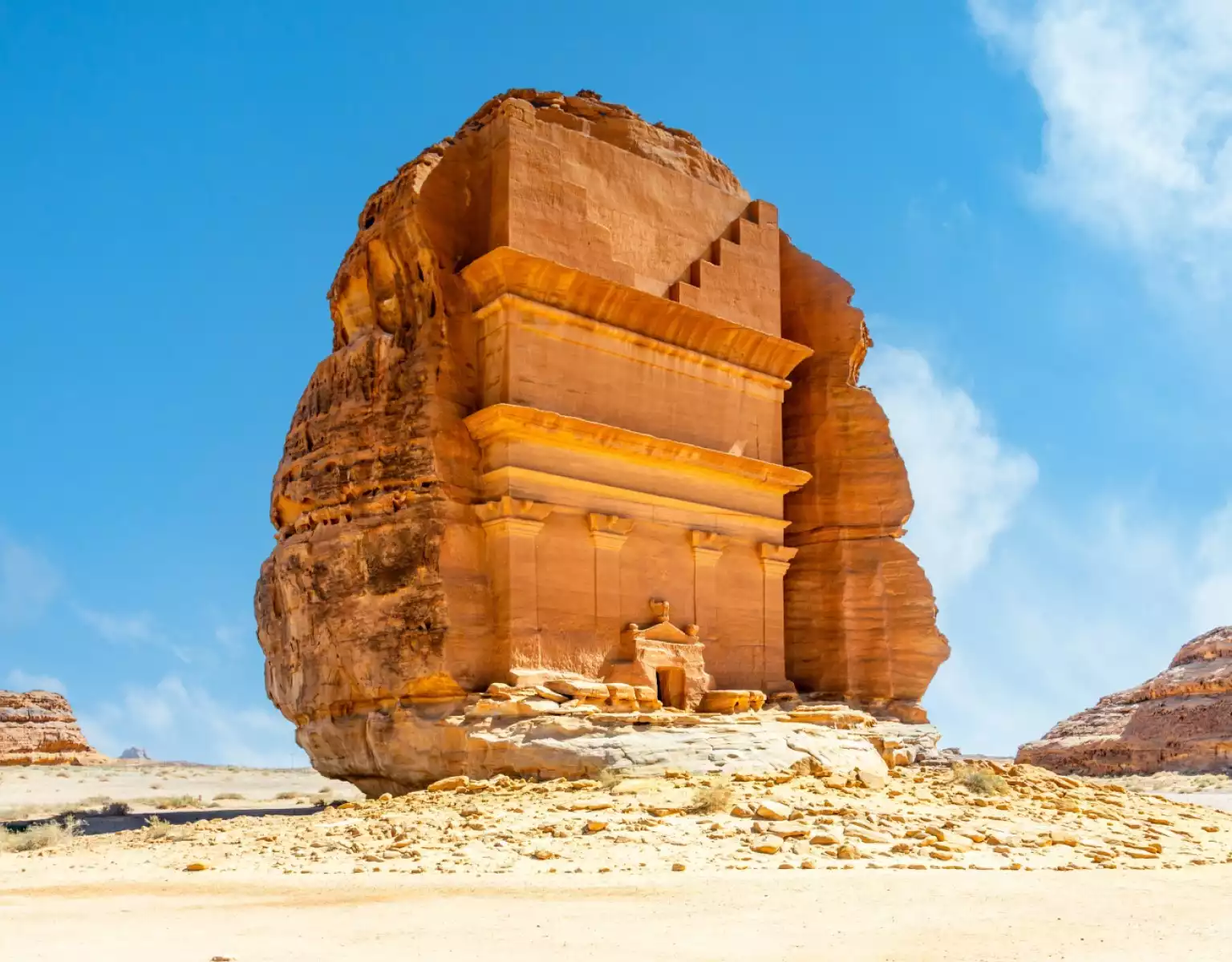
Secrets of Saudi Arabia
9 days from £5190pp
Fully Inclusive of Tour & Flights
Riyadh (2N) – Buraidah (1N) – Ha'il (1N) – AlUla (2N) – Medina - Jeddah (2N)





















